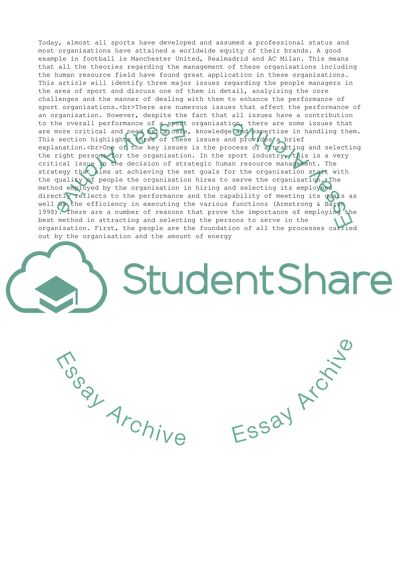Cite this document
(MANAGING PEOPLE IN SPORT & EVENTS Essay Example | Topics and Well Written Essays - 3500 words, n.d.)
MANAGING PEOPLE IN SPORT & EVENTS Essay Example | Topics and Well Written Essays - 3500 words. https://studentshare.org/management/1851950-managing-people-in-sport-events
MANAGING PEOPLE IN SPORT & EVENTS Essay Example | Topics and Well Written Essays - 3500 words. https://studentshare.org/management/1851950-managing-people-in-sport-events
(MANAGING PEOPLE IN SPORT & EVENTS Essay Example | Topics and Well Written Essays - 3500 Words)
MANAGING PEOPLE IN SPORT & EVENTS Essay Example | Topics and Well Written Essays - 3500 Words. https://studentshare.org/management/1851950-managing-people-in-sport-events.
MANAGING PEOPLE IN SPORT & EVENTS Essay Example | Topics and Well Written Essays - 3500 Words. https://studentshare.org/management/1851950-managing-people-in-sport-events.
“MANAGING PEOPLE IN SPORT & EVENTS Essay Example | Topics and Well Written Essays - 3500 Words”. https://studentshare.org/management/1851950-managing-people-in-sport-events.


